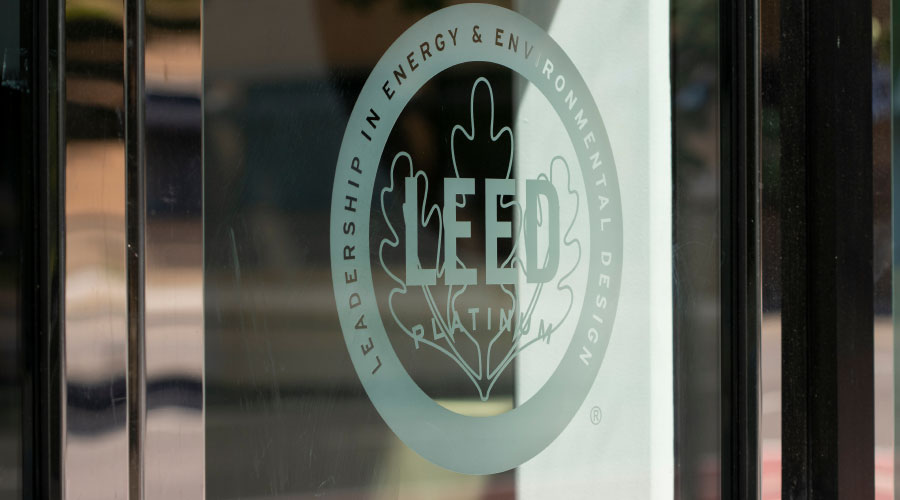Team Effort Helps Make Green Health Care Design A Reality
The design process of a medical facility involves the review of thousands of factors. Though many of these are consistent from project to project, timing and the team members involved in the evaluation process often aren't consistent. Early team integration and expanded decision making involving a range of disciplines can lead to lower life-cycle costs and significant design and construction cost savings.
Planning coordination to maximize design value is vital in the design process. To create a healing environment that also addresses reduction of waste and energy efficiency requires a genuine commitment and a nuanced understanding of all the variables defining a high-performance, health care facility.
Many project teams and owners are seeing the value of shifting the investment of time and resources to earlier in the process to help foster these opportunities. In fact, LEED for Healthcare v2009 recently added "Integrated Project Planning and Design" as a prerequisite for certification. To meet this prerequisite, the project must demonstrate that key team members are involved at the concept stage, in the process that includes the development of the Owner's Project Requirements document, as well as the LEED checklist.
This makes every team member, and the owner, accountable for the early decisions being made. By using an integrated team approach, critical decisions and input from team members occur early and provide tremendous value to the design at the optimal time. It becomes a process that encourages the search for new creative integration and optimization strategies, with a clear set of goals and metrics in place. This approach allows owners to be delivered a facility that promotes the "ideals" vs. "make do's" in the design. Team members tend to approach the design process starting with a blank page. Imagine if each stakeholder was asked, "What would you do if you had no constraints?"
Early sharing of the various perspectives that go into the design of a facility, and its operations, broadens the decision-making process and more effectively validates the end results of the design for owners and facility managers. To show how important it is to get diverse perspectives early in the design process, we spoke with key team members about four design parameters for a new health care facility. These views — from the owner, the architect, the builder and the mechanical engineer — show how the various team members approach a given parameter with their own focus or expertise; not including this depth of perspective would limit the ultimate design solution and building performance.
Related Topics:
















